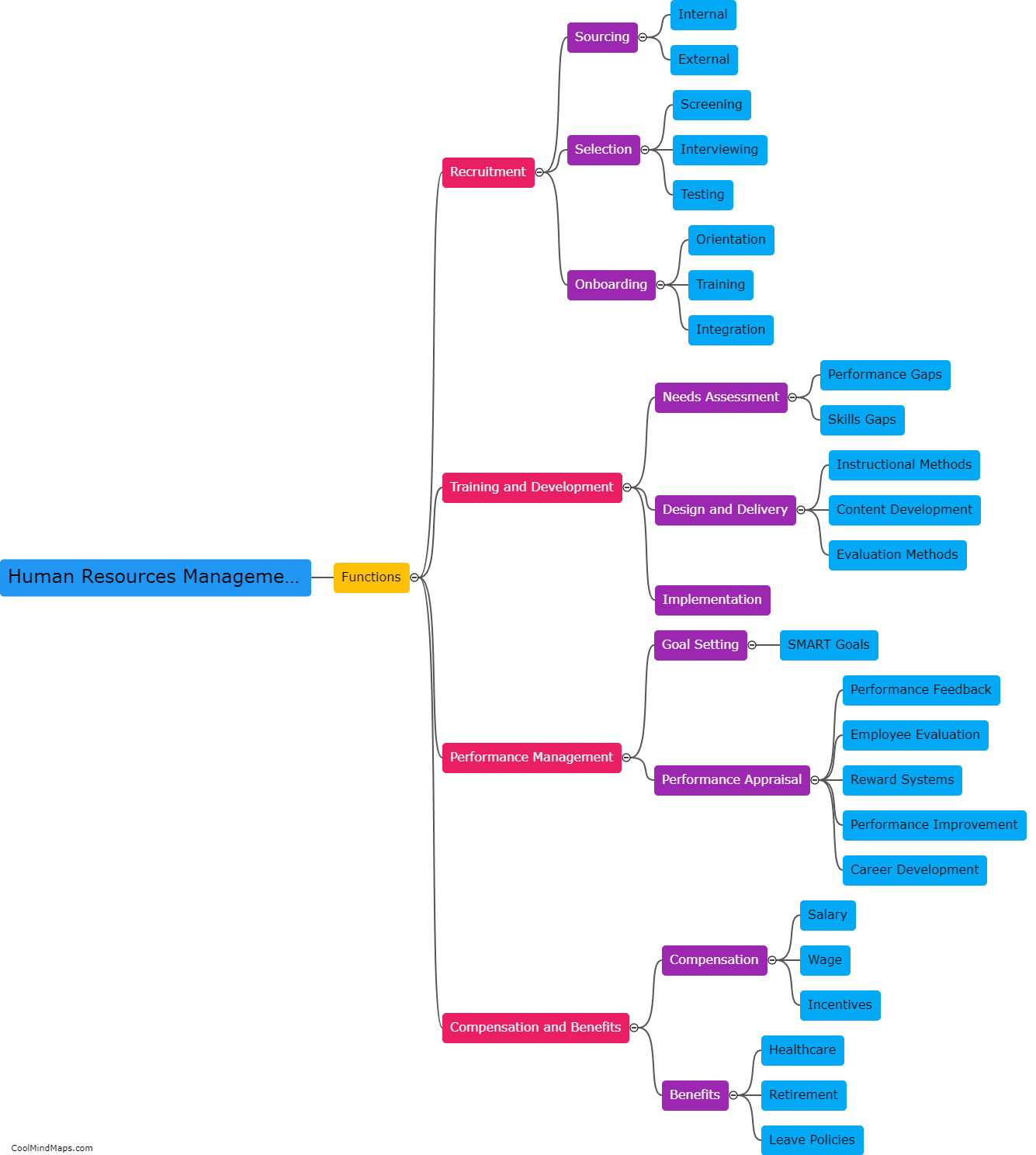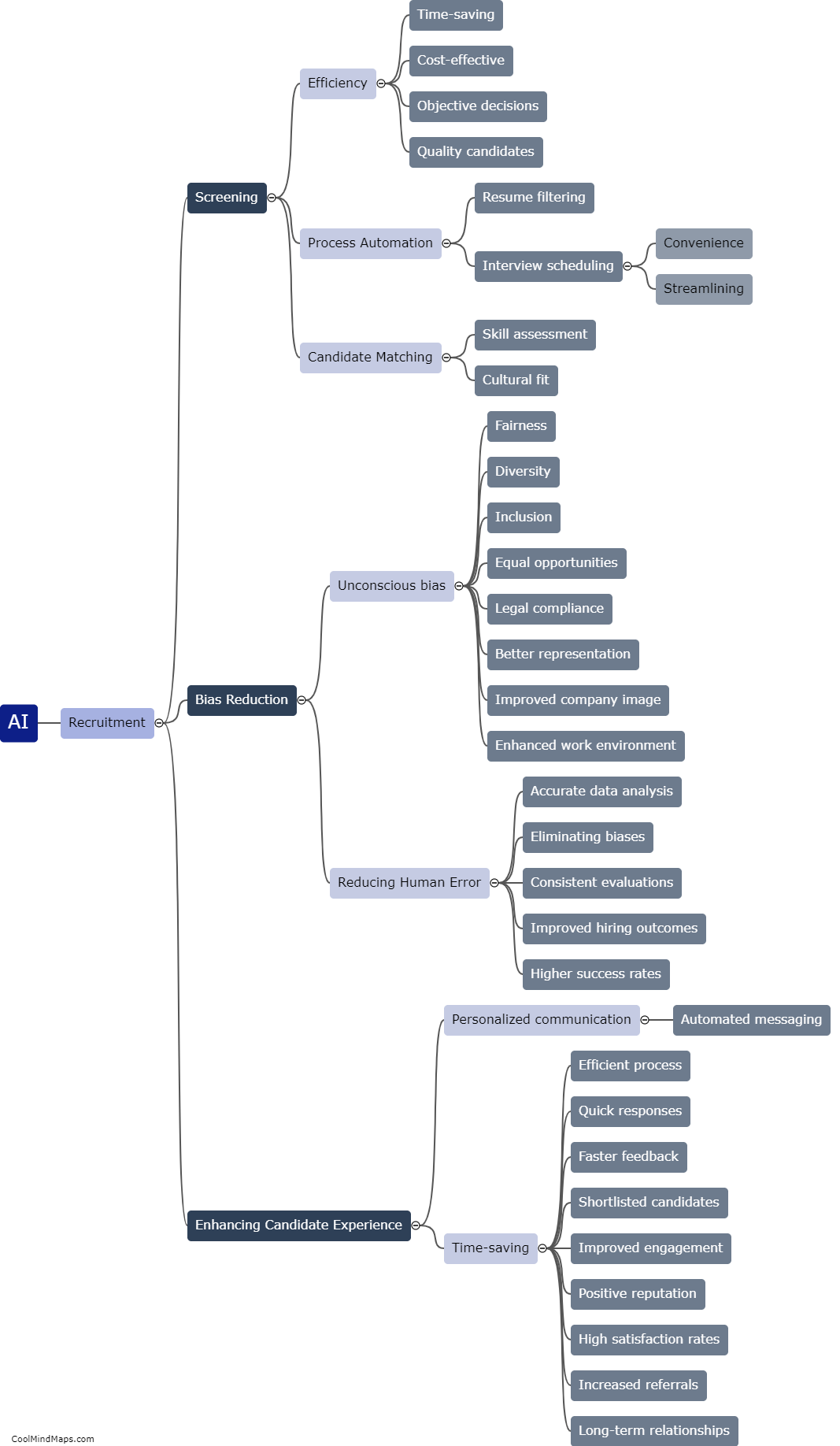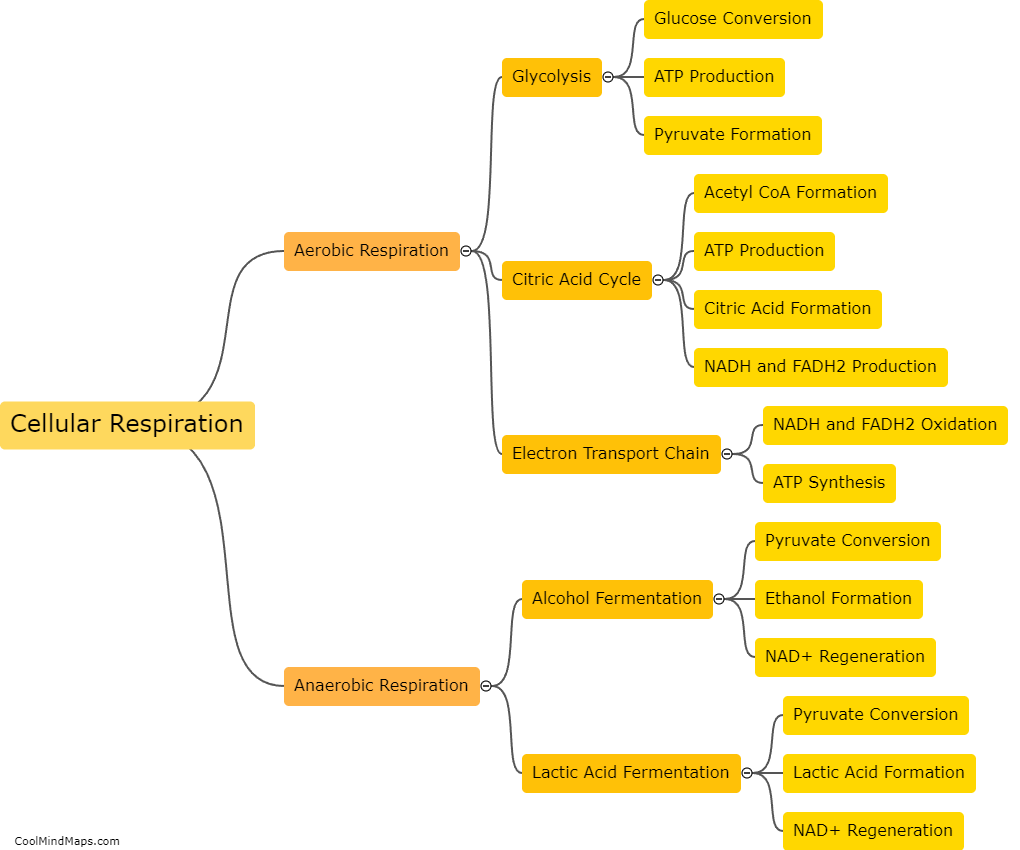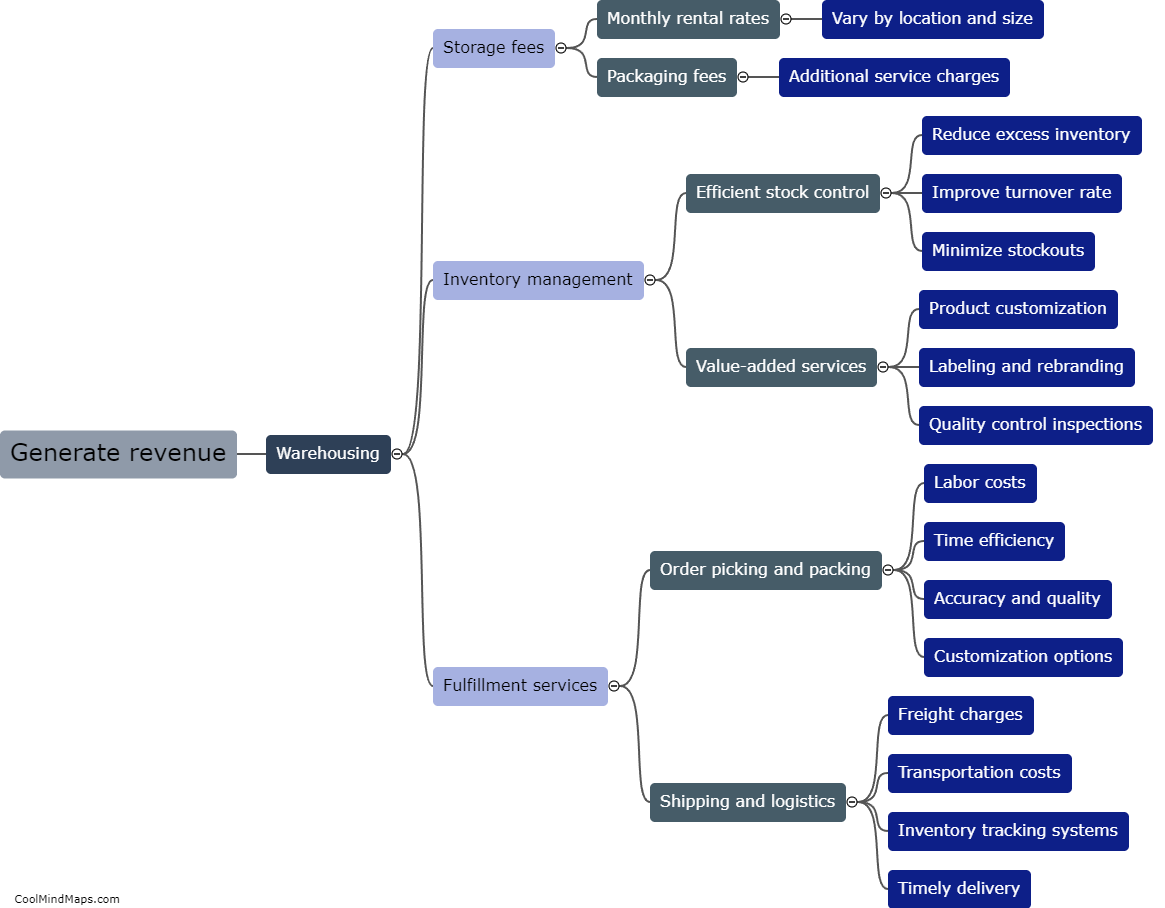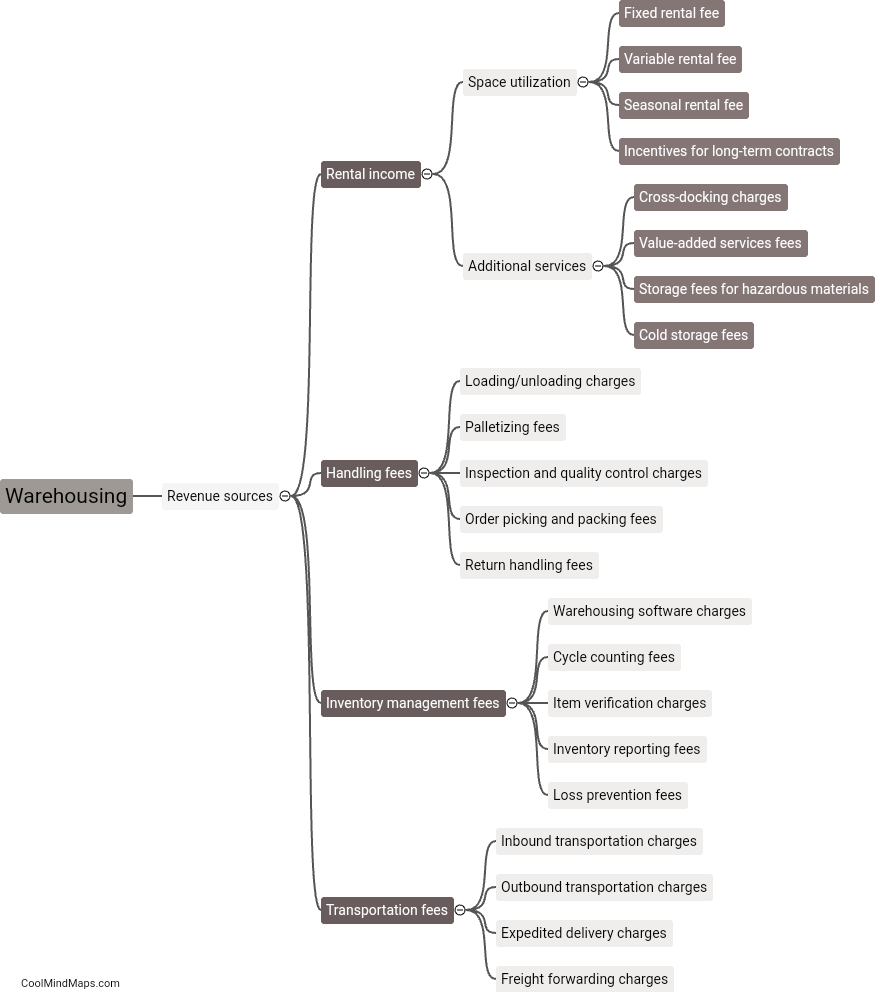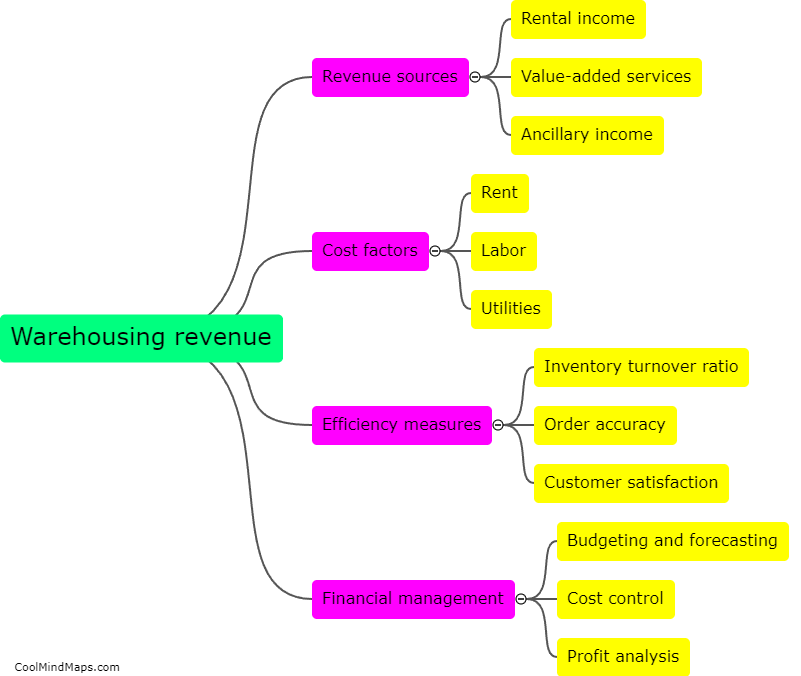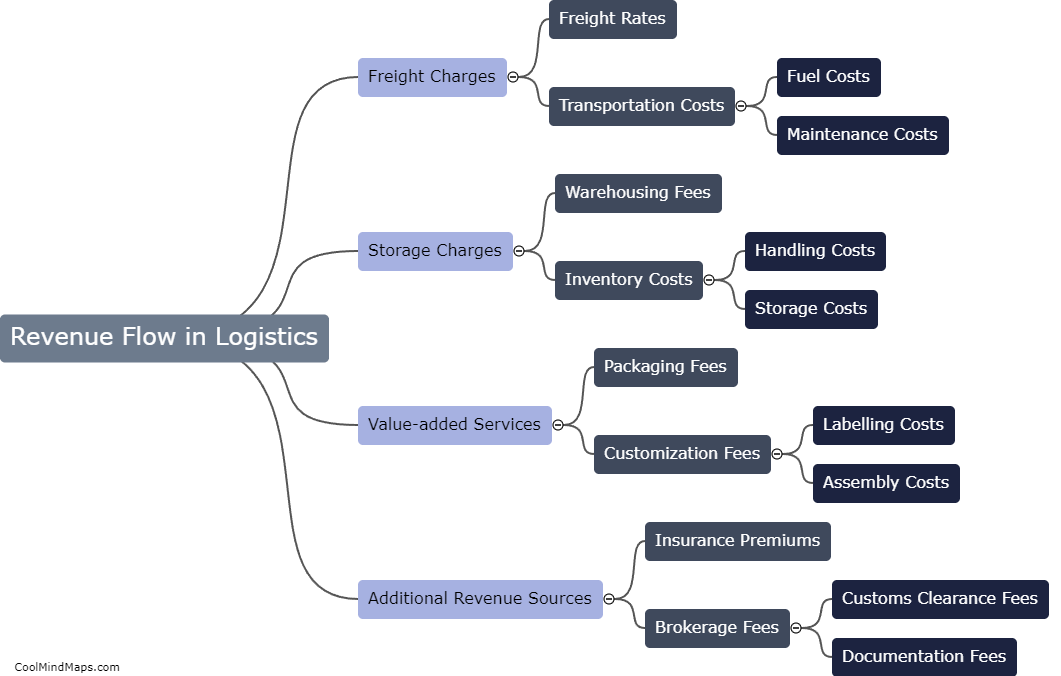How does revenue flow in a supply chain?
Revenue flows in a supply chain through the various stages and interactions among its members. Typically, the supply chain starts with suppliers who provide the necessary raw materials or components to the manufacturer or producer. As the manufacturer converts these inputs into finished goods, the revenue generated from selling these products flows back to them. The products then move on to distributors or wholesalers who purchase them from the manufacturer and often add their own markup before selling to retailers. Ultimately, the retailers sell the products to end consumers, and the revenue from these sales is primarily what drives the supply chain. Each member of the supply chain, supplier, manufacturer, distributor, and retailer, earns revenue by adding value or facilitating the movement of goods along the chain. The amount of revenue earned by each member can vary depending on their role, capabilities, market conditions, and pricing strategies. Effective coordination, efficiency, and collaboration among the supply chain partners are essential to ensure a smooth flow of revenue and maximize profitability for all involved.
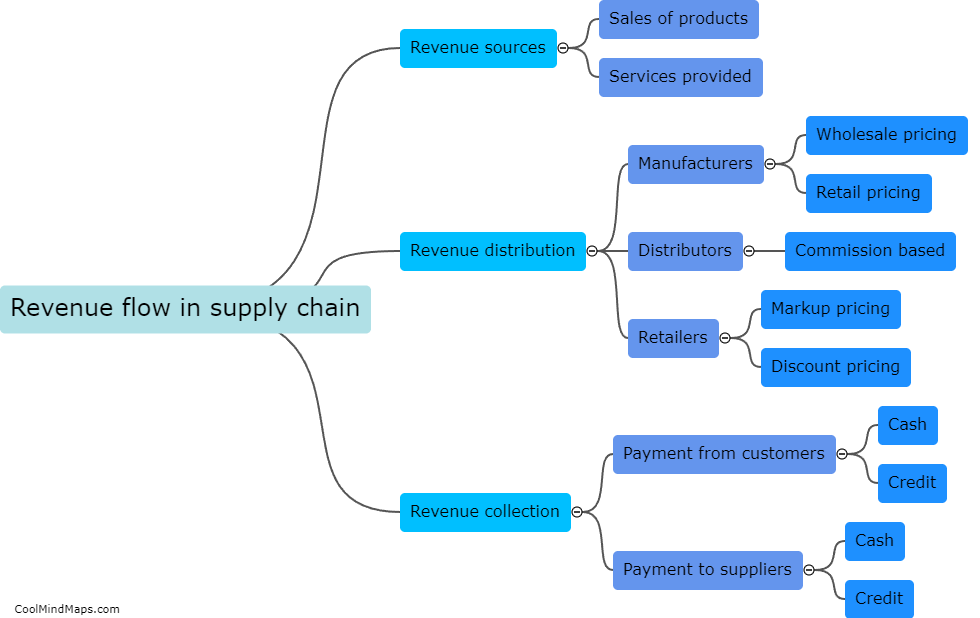
This mind map was published on 10 September 2023 and has been viewed 96 times.

